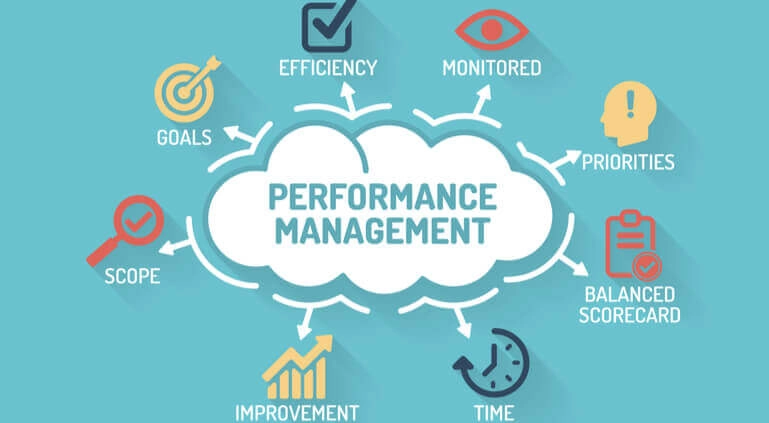Effective performance management provides a framework for setting goals, tracking progress and providing feedback. This empowers employees and helps them align their personal objectives with company objectives for maximum business results.
Modern performance management techniques focus on regular meetings and real-time constructive feedback to minimize recency bias, helping identify underperforming employees quickly and correct them early on, increasing productivity.
Employee Engagement
Employee engagement is an effective measure that measures employee motivation to put in the extra effort necessary to meet company goals and objectives. While job satisfaction plays an integral part, other studies, including Gallup Q12 surveys have revealed how employee engagement levels can directly impact bottom line growth.
Disengaged employees are defined as those who lack enthusiasm for their roles and only perform minimum requirements of work required to fulfill them. Such employees may also be actively looking for other employment opportunities; thus posing an increased turnover risk for companies.
Organizations can boost employee engagement levels by prioritizing communication initiatives that empower their staff. This may involve setting clear goals, offering continuous feedback, and celebrating accomplishments. Furthermore, offering targeted training and development programs may further engage employees.
Increased Productivity
Productivity is the cornerstone of business success for both employees and employers. When employees can produce more output with equal inputs, this allows for higher revenues, reduced costs, and improved profit margins – creating a sustainable business model and opening doors to expansion opportunities.
Effective performance management strategies ensure effective communication, helping employees understand their KPIs and metrics while aligning personal goals with those of the organization. Regular feedback allows employees to make adjustments immediately instead of waiting until a formal review or end-of-year evaluation.
Productivity can improve employee well-being by helping employees set work/life boundaries and gain control of their lives. Furthermore, productivity fosters innovation as productive employees have time to explore new ideas and solutions; for example, customer service representatives who take the time to be productive are better able to creatively solve customer issues and offer personalized assistance.
Reduced Turnover Rates
Maintaining low turnover rates is paramount to maintaining the viability of any company. A high rate of turnover costs both financially and otherwise in terms of lost productivity, training requirements for new hires, customer losses from staff shortages and damage to your brand name.
Voluntary employee turnover occurs when employees decide to voluntarily depart their position due to discontent with the job or a desire for career change. Employing strategies such as hiring practices, career advancement opportunities, work-life balance considerations, compensation benefits recognition as well as creating an engaging company culture may help decrease turnover rates.
Performance management includes coaching and corrective action to support these strategies. Managers regularly review employee goals, give regular feedback to direct reports, and engage in one-on-one coaching conversations with them so that their direct reports are satisfied and performing at high levels. This helps reduce apathy among team members and increases involvement within your company, while it gives managers the chance to identify any problems such as poor organizational culture fit or toxic work environments that lead to high absenteeism and turnover rates.
Enhanced Customer Satisfaction
Maintaining an outstanding workforce is a top business goal, and an effective performance management system with clear communication, SMART goals, and regular feedback is one of the best ways to do it. These systems help employees remain engaged with tasks that contribute to both personal career development and company success; additionally they enable managers to address concerns early on rather than waiting until an annual review.
Continuous performance management enables managers and employees to reach an understanding of expectations, goals, and career progress. It is particularly useful in identifying skills gaps and designing training programs to help employees realize their full potential. Furthermore, continuous performance management helps businesses understand their true financial potential by enabling management to assess tradeoffs between short-term financial returns and long-term ones when making operating decisions – information which can then be used to further the organization’s overall goals and objectives.




